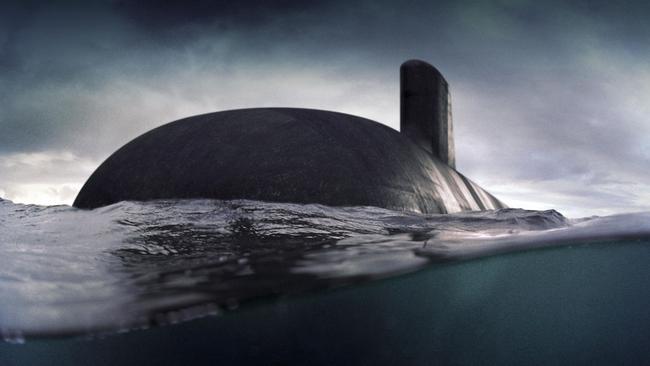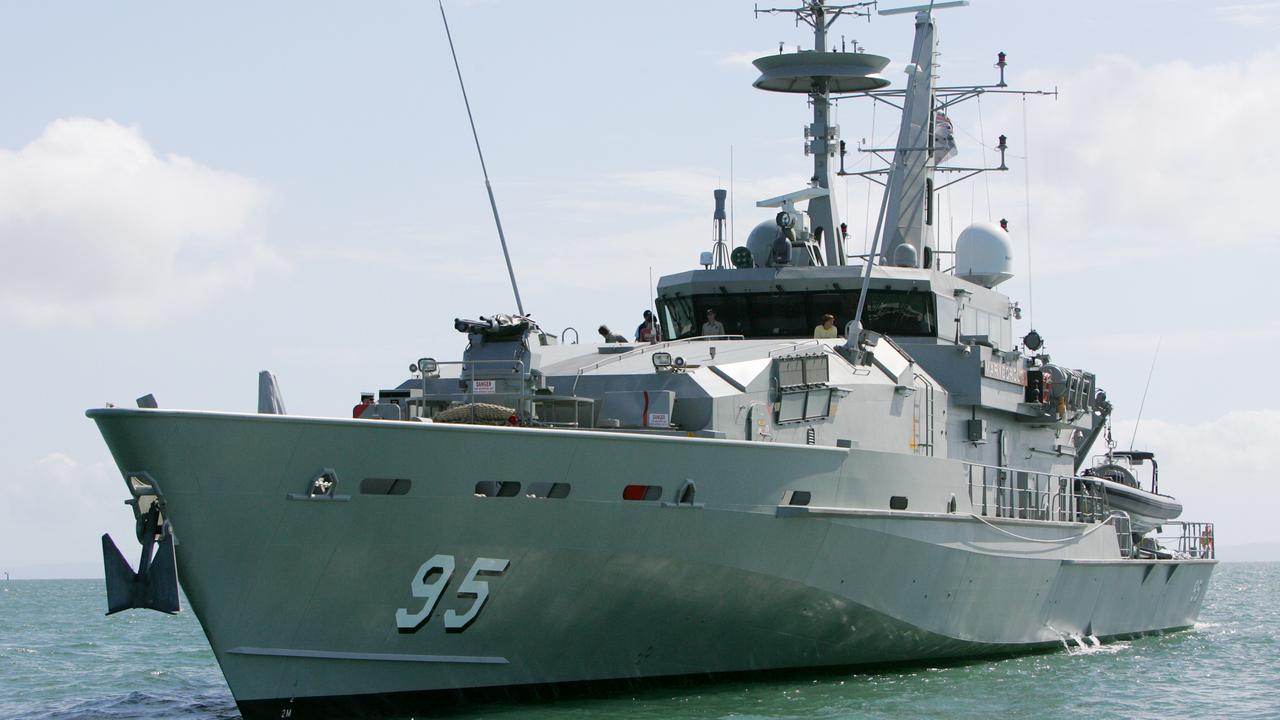New submarines or billion dollar coffins?

Here’s a thought experiment: what if, suddenly, all the world’s submarines could no longer submerge? There they would be, on the surface of the ocean, slow, unwieldy, with no effective protection against attack. They’d be sitting ducks. Fanciful? Perhaps not.
With a high probability, something very like this awaits the world’s submarines within the next couple of decades.
Submarines are classic stealth predators. They have only one big trick — their invisibility — and they rely on it utterly to mount a successful attack. In that respect, they are no different from sabre-tooth tigers or trapdoor spiders. And like such predators, they are vulnerable to what scientists call an ‘evolutionary ratchet’.
In the inevitable arms race with their prey, they need to devote so much of their resources to evolving their invisibility that they can become overspecialised and vulnerable to a change in their world. Just like sabre-tooth tigers, in a changed world, they can become extinct.
Changes to the subs’ world are mainly in the science and technology of sensing what’s in the oceans. There are a bunch of rapidly improving technologies in the pipeline today that must give submariners the shivers, but it is the coming emergence and then convergence of entirely new technologies that could deliver the coup de grace to the submarine era.
Subs are large, slow, warm metallic objects moving through the sea — an electrically conducting medium and, as every boat owner knows, a strong chemical solvent. They are also ferromagnetic objects moving through the Earth’s magnetic field. They leave a trail. There is a raft of physics, chemistry and even biology to exploit here in sensing them.
In the short term, detection of disturbances in the Earth’s magnetic field or of the undersea wakes left by a sub’s passage will be added to the traditional sonar and acoustic sensing suite. And they’ll be managed in the traditional way — by towed arrays on ships or by buoys dropped by planes over areas being targeted.
But more significantly, the trends in science and technology over the next couple of decades are running furiously against submarines. More types of sensors will emerge from the research labs. They’ll exploit much subtler physical, chemical and biological changes in the environment arising from the presence or activity of a submarine. The sensors themselves will rapidly improve in sensitivity, and rapidly reduce in size and cost. The range of sensor platforms will expand from manned platforms such as ships and planes to unmanned and increasingly autonomous aerial, surface and underwater drones. The dwell time of the platforms will increase as batteries and other energy systems improve. And the computational and networking ability of these swarms of sensors will increase, allowing synoptic real-time images of targeted waters to be developed.
Thus over the next 20 years, a completely novel and unstoppable convergence of advanced technologies will render the oceans more or less transparent. And so submarines will become visible and vulnerable in novel and unstoppable ways.
Sure, sub technology can respond and evolve in response to these new threats, but there is a limit. Subs can’t become invisible like they once did just by becoming silent. There will be too many parameters in play and too many sensors to evade — the submarine environment will have changed profoundly. This is an arms race that subs, like sabre-tooth tigers, can’t win.
Just how likely is this the future for submarines? The evidence is growing that we are on a new and steep science ramp towards a singular convergence of advanced technologies, particularly materials technology, biotechnology and information technology.
And this convergence looks likely to hit a sweet spot in the next decade or two, with the particular technologies less important than the convergence itself. If the cyber revolution is the heart of the second industrial revolution, then this technology convergence will be the heart of the third.
In 20 years’ time, it is more likely than not that Australia will be launching not submarines but billion dollar coffins.
Roger Bradbury is a professor in the National Security College at the Australian National University, where he works on the science and technology dimensions of national security






To join the conversation, please log in. Don't have an account? Register
Join the conversation, you are commenting as Logout